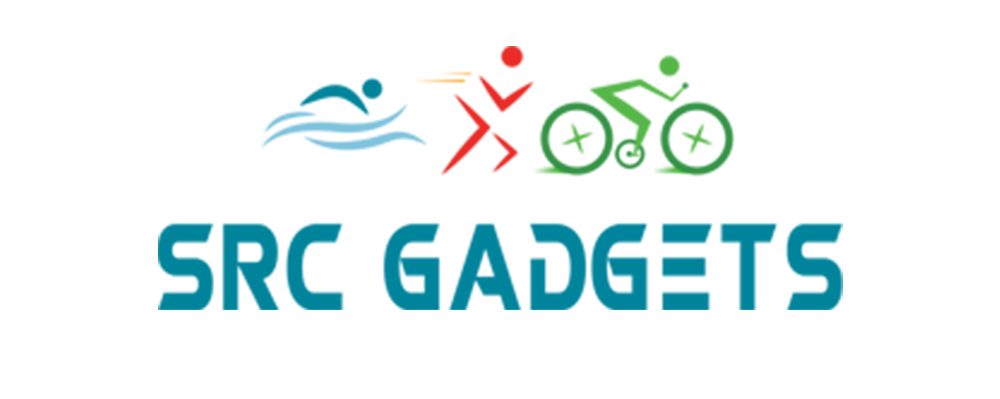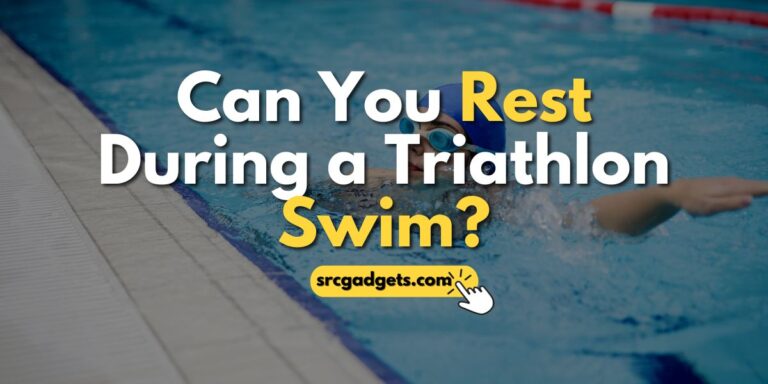What is the Order of a Triathlon? A Beginner’s Guide
Dive in, pedal fast, and race to the finish line!”
Triathlons are the epitome of endurance, strength, and sheer determination. At its core, a triathlon is a three-discipline race: swimming, cycling, and running, executed in that exact sequence. So, what is the order of a triathlon?
Simply put, athletes start by making a splash in the water, transition to mount their bikes for a heart-pumping ride, and finally, lace up for a swift footrace to the climax. This thrilling challenge is more than just a test of physical stamina; it’s a mesmerizing dance of discipline, strategy, and spirit. And why does it matter?
Ready to unravel the triathlon mystery? In this post, we’ll dive into the exact order of events, uncover why it never changes, and discover the amazing benefits of joining the race. Let s learn pacing for triathlon!
What is the Order of a Triathlon?
A triathlon always follows the same order: swim, bike, and run. No matter the distance or the location, this is the standard format of a triathlon. The only exception is some modified events that involve different disciplines, such as winter triathlon or paddle-bike run. The order of a triathlon is not random or arbitrary.
1. Swim
The swim is always the first leg of a triathlon. The distance and duration of the swim depend on the type of triathlon. For example, a sprint triathlon consists of a 750m swim, which usually takes about 15 minutes to complete. An Ironman triathlon consists of a 3.8-kilometer swim, which can take more than an hour to finish.
The swim is the most challenging and risky discipline for many triathletes, especially for beginners. With factors such as waves, currents, wind, temperature, visibility, and other swimmers, swimming in open water can be unpredictable and intimidating. Therefore, the swim is placed at the beginning of the race, when athletes are fresh and alert and have more energy to deal with any potential problems.
2. Bike
The bike is the second leg of a triathlon. The distance and duration of the bike also depend on the type of triathlon. For instance, a sprint triathlon consists of a 20-kilometer bike ride, which usually takes about 40 minutes to complete. An Ironman triathlon consists of a 180-kilometer bike ride, which can take more than five hours to finish.
The bike is the longest and most variable discipline in a triathlon. The bike course can have different terrains, elevations, turns, and weather conditions. Therefore, the bike requires athletes to adapt to different environments and conditions and to pace themselves throughout the ride.
3. Run
The run is the last leg of a triathlon. The distance and duration of the run also depend on the type of triathlon. For example, a sprint triathlon consists of a 5-kilometer run, which usually takes about 25 minutes to complete. An Ironman triathlon consists of a 42.2-kilometer run, which can take more than three hours to finish.
The run is the final and most decisive discipline in a triathlon. In addition to physical endurance, the run also tests mental strength and strategy.
Athletes have to save some energy for the final run and balance their efforts and skills across all three disciplines. Therefore, the run is placed at the end of the race to make triathlon a fun and fair sport for everyone.
Why is the Order of a Triathlon Always Swim-Bike-Run?
There are several reasons why it is always swim-bike-run, and they have to do with safety, logistics, and fairness.
Reason #1: Safety
The most important reason why the swim is always the first leg of a triathlon is safety. Swimming is the most challenging and risky discipline for many triathletes, especially for beginners.
If the swim were at the end of the race, when athletes are already tired and dehydrated, it would have increased the risk of drowning, cramps, hypothermia, or panic attacks. By putting the swim first, athletes can tackle it when they are fresh and alert and have more energy to deal with any potential problems.
Reason #2: Logistics
Another reason why the order of a triathlon is swim-bike-run is logistics. A race that starts with a mass swim in a lake or ocean is easier and more efficient to organize than one that ends with one. Imagine having hundreds or thousands of athletes finishing their bike ride and then trying to get into the water at the same time. It would be chaotic and dangerous.
By starting with the swim, athletes can spread out on the bike and run courses, which reduces congestion and traffic. It also makes it easier for spectators and volunteers to follow the race and cheer on the participants.
Reason #3: Fairness
Last but not least, the order of the triathlon is fair. Athletes have to pace themselves throughout the race and save some energy for the final run.
If the run were in the middle or at the beginning of the race, it could give an unfair advantage to runners over cyclists or swimmers.
Runners could sprint ahead and create a big gap that would be hard to close on the bike or in the water. By putting the run last, athletes have to balance their efforts and skills across all three disciplines.
Benefits of Doing a Triathlon
The sport of triathlon is a great option for anyone looking to improve their health, fitness, or happiness. Here are some of them:
1: Triathlon Reduces Your Risk of Injury
One of the benefits of doing a triathlon is that it reduces your risk of injury by avoiding overuse of the same muscles and joints. Many sports involve repetitive movements that can cause wear and tear on your body over time. For instance, running can cause stress fractures, shin splints, or knee pain.
By doing a triathlon, you can prevent these injuries by switching between different disciplines that use different muscle groups and movements. Swimming is a low-impact exercise that relieves pressure on your joints and spine. Cycling is a non-weight-bearing exercise that strengthens your legs and core. Running is a weight-bearing exercise that improves your bone density and balance.
2: Triathlon Challenges Your Body and Mind
Another benefit of doing a triathlon is that it challenges your body and mind by requiring you to adapt to different environments and conditions. Triathlon is not just a physical test but also a mental one. You have to deal with factors such as weather, terrain, transitions, nutrition, hydration, and fatigue.
By doing a triathlon, you can develop your mental toughness and resilience. You have to overcome your fears, doubts, and pain. You have to plan your strategy and execute it. You have to push yourself beyond your comfort zone and discover what you are capable of.
3: Triathlon Boosts Your Confidence and Self-Esteem
Engaging in a triathlon does wonders for your self-belief and self-worth, pushing you to reach your targets and conquer personal doubts. It s no walk in the park; this sport demands unwavering commitment, strict discipline, and a heart full of determination.
Completing a triathlon stands as a testament to your strength, showing both you and the world that when you put your mind to it, the possibilities are limitless. It s a journey of achievement that leaves you beaming with pride and serves as a powerful inspiration for others to chase their dreams, too.
5: Triathlon Connects You with Nature
One of the best perks of participating in a triathlon is how it immerses you in nature’s beauty and fresh air. Unlike indoor exercises or treadmill routines, triathlons are pure outdoor adventures.
As you swim in shimmering lakes or vast oceans, cycle along scenic roads or rugged trails, and run through winding paths or open fields, you’ll witness nature in its full splendor. Every season, climate, and landscape offers a new backdrop, making every triathlon a unique experience.
6: Triathlon Introduces You to New Friends and Communities
Embarking on a triathlon journey opens the door to incredible social opportunities, connecting you with fellow enthusiasts and vibrant communities. This isn’t a solitary pursuit; it s a communal experience filled with shared passion and energy.
When you dive into the triathlon world, you’re not just gaining a new hobby; you re gaining a support network of friends, mentors, and motivators. Whether it’s through local clubs, online groups, or lively events, there are countless ways to meet training partners and forge meaningful connections.
Participating in events becomes a chance not only to challenge yourself but also to cheer on and celebrate with others who love the sport just as much as you do. Let s not just race; let s connect, thrive, and elevate our experiences together!
Conclusion
To sum it up, triathlons always follow a set pattern: swim, then bike, and finally run. We start with swimming when energy levels are at their peak, ensuring safety. The biking phase takes center stage, being the lengthiest. And the run? That’s the ultimate test of both grit and strategy.
Triathlons aren’t just about racing; they’re a gateway to enhanced fitness, well-being, and joy. Their sequence is carefully curated based on principles of safety, practicality, and fairness, ensuring an equitable challenge for all participants.
By now, you’ve gained insights into the captivating realm of triathlons. While they’re undeniably demanding, the rewards are immense. Curious about more? Have thoughts or feedback? Drop them below! And if you found value in this post, share the excitement with loved ones. Happy reading and racing!
Frequently Asked Questions:
Is there ever an exception to the standard order of events in a triathlon?
Yes, while the standard triathlon order is swim-bike-run, modified events like winter triathlons or paddle-bike-run events might have a different sequence.
What equipment is typically required for each segment of a triathlon?
For the swim, athletes need a swimsuit or wetsuit and goggles. For the bike, they require a bicycle, helmet, and cycling shoes. For the run, running shoes are essential.
Can athletes choose their starting position for the swim in a triathlon?
No, typically, the swim start positions are either assigned or based on a mass start, depending on the event’s organization.






